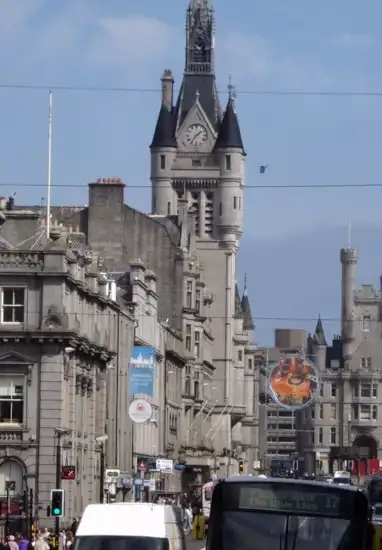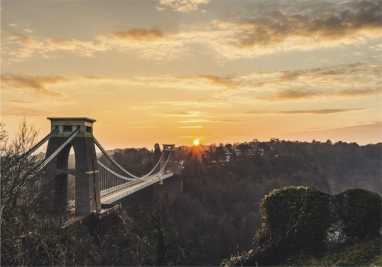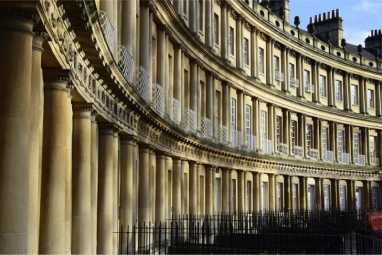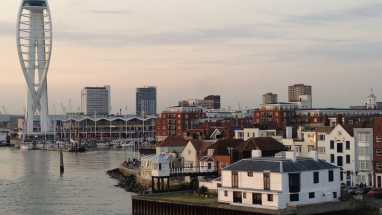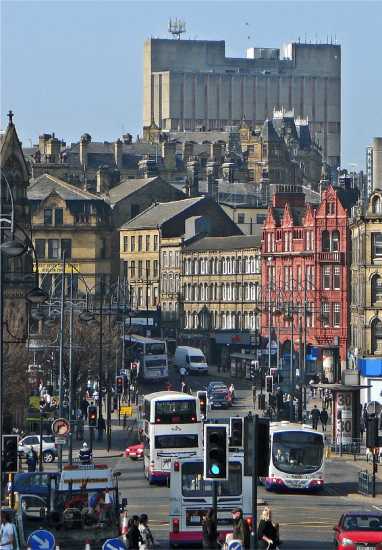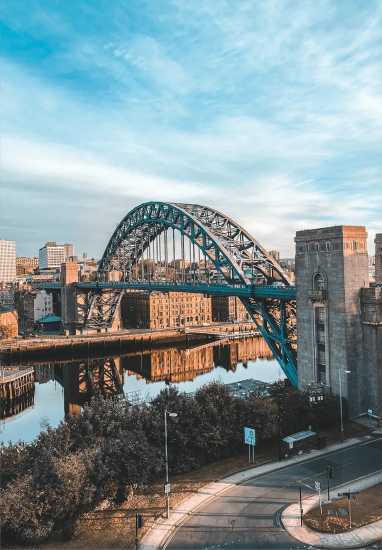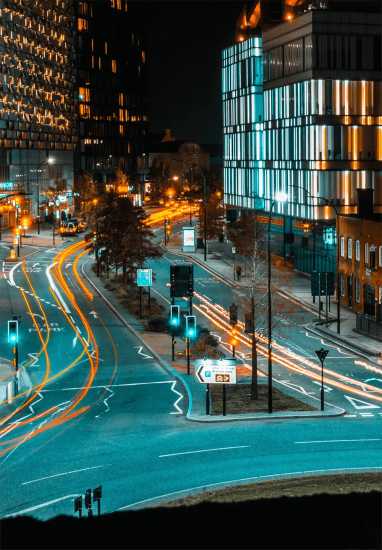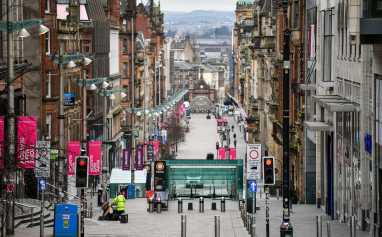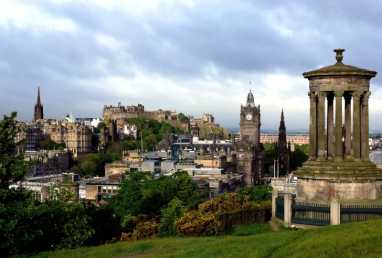Aberdeen Low Emission Zone Explained
To help reduce air pollution and protect public health, the Scottish government introduced Low Emission Zones (LEZs) in Aberdeen, Dundee, Edinburgh, and Glasgow in 2022.
These LEZs restrict vehicles that don't meet specific emission standards from driving in designated areas. Together, Scotland's four LEZs mark a crucial step towards the country's goal of achieving net zero by 2045.
Aberdeen's LEZ started on June 1st 2024, only vehicles that meet the emission standards will be allowed to drive through the city centre.
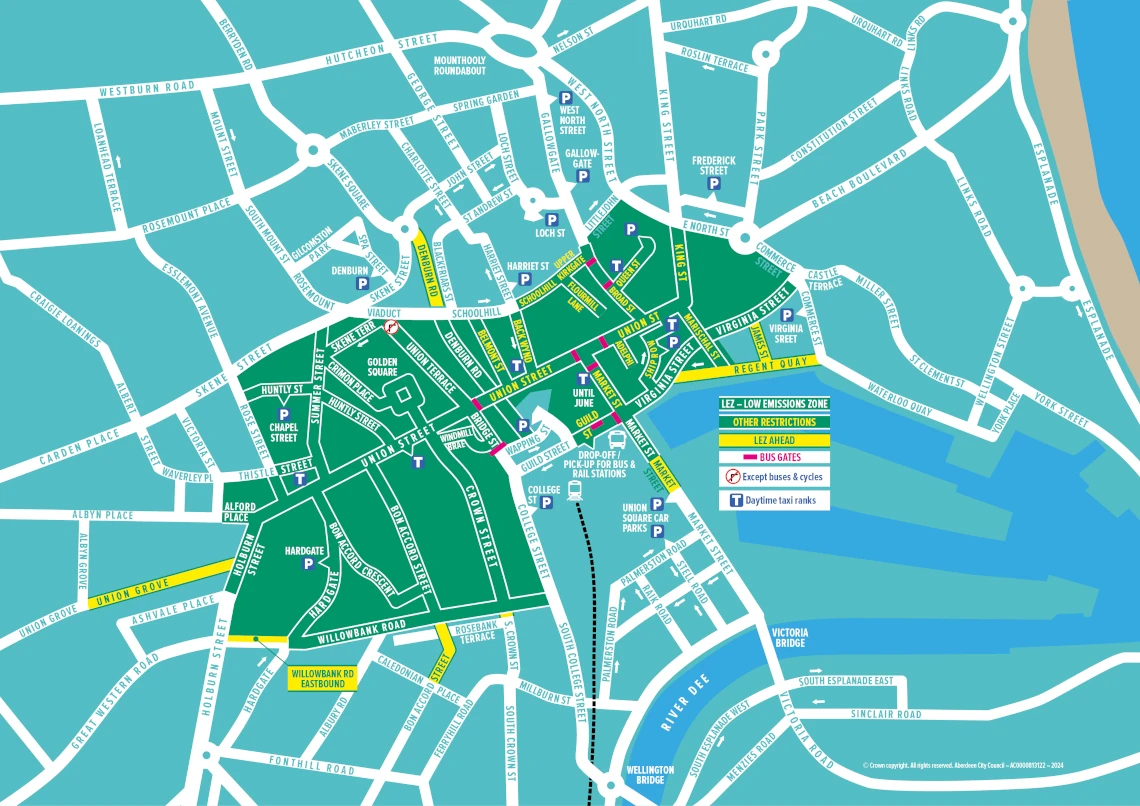
Similar to Clean Air Zones (CAZ) in the UK, LEZs are designated areas aimed at improving air quality, typically busy urban zones with heavy traffic. However, unlike other CAZs that charge high-polluting cars a daily fee, Scotland's LEZs mandate that all vehicles must meet emissions standards or face a penalty.
Aberdeen's LEZ covers the city centre and was introduced by the Aberdeen City Council in 2022. After a two-year grace period, enforcement begins on June 1, 2024. The LEZ operates 24/7, 365 days a year.
Aberdeen's LEZ covers a central area from Castlegate to Union Street (between Skene St and Willowbank Road). The main train station and bus station are outside the LEZ.
The Aberdeen Low Emission Zone (LEZ) will cover several key areas in the city centre:
- Hardgate Junction to Springbank Terrace Junction
- Holburn Street Junction to Bon Accord Gardens
- Rose Street Junction to Chapel Street Junction
- Upperkirkgate to Back Wynd Junction
- Thistle Street Junction to Union Street Junction
- Union Street Junction to Union Square Bus Station
- West North Street Junction to Castle Street
- Union Street Junction to Ashvale Place Junction
- Justice Mill Lane Junction to Willowbank Road Junction
- Carmelite Street Junction to Market Street Junction
- Upperkirkgate Junction to Littlejohn Street Junction
- Rosemount Viaduct to Wapping Street Junction
- Union Street Junction to Wapping Street Junction
- Union Street Junction to Springbank Terrace Junction
These boundaries create an enclosed zone within the city centre where the LEZ regulations will apply.
To enter Aberdeen's LEZ, vehicles must meet specific emission standards:
- Diesel vehicles must meet Euro 6 emissions requirements.
- Petrol vehicles must meet Euro 4 emissions requirements.
This means:
- Petrol cars and vans registered from 2006 onward.
- Diesel cars and vans registered from September 2015 onwards.
- Buses, coaches, and HGVs must meet Euro 6 emissions standards (typically vehicles registered from January 2013).
You can check your vehicle's emissions status using our free ULEZ checker tool, which is also valid for LEZs in Scotland.
Starting June 1, 2024, any non-compliant vehicle driving into the Aberdeen Low Emission Zone (LEZ) will receive a Penalty Charge Notice (PCN). Here's the breakdown of the charges:
- Initial Penalty: £60, reduced to £30 if paid within 14 days.
- Subsequent Penalties: The charge doubles each time you enter the LEZ with the same non-compliant vehicle. For example, the second offence will cost £120.
The penalties are capped at:
- Cars and Light Goods Vehicles: £480
- Buses and Heavy Goods Vehicles (HGVs): £960
If you don't drive a non-compliant vehicle into the zone for 90 days after receiving a PCN, the penalty resets to £60.
Motorcycles and mopeds are excluded from these charges.
Certain vehicles are exempt from LEZ restrictions, including:
- Motorcycles and mopeds
- Blue badge holders
- Emergency vehicles
- Historic vehicles
- Military vehicles
- Showman vehicles
- Vehicles for disabled people
- Vehicles used for essential services
Aberdeen City Council can grant temporary exemptions for specialist vehicles that cannot be replaced or retrofitted.
